These 10 Charts Caused An NGO Hissy Fit At NARUC
Yes, Michael Bloomberg’s goal of shuttering 40% of the electric generation in the U.S. by 2030 is a threat to national security.
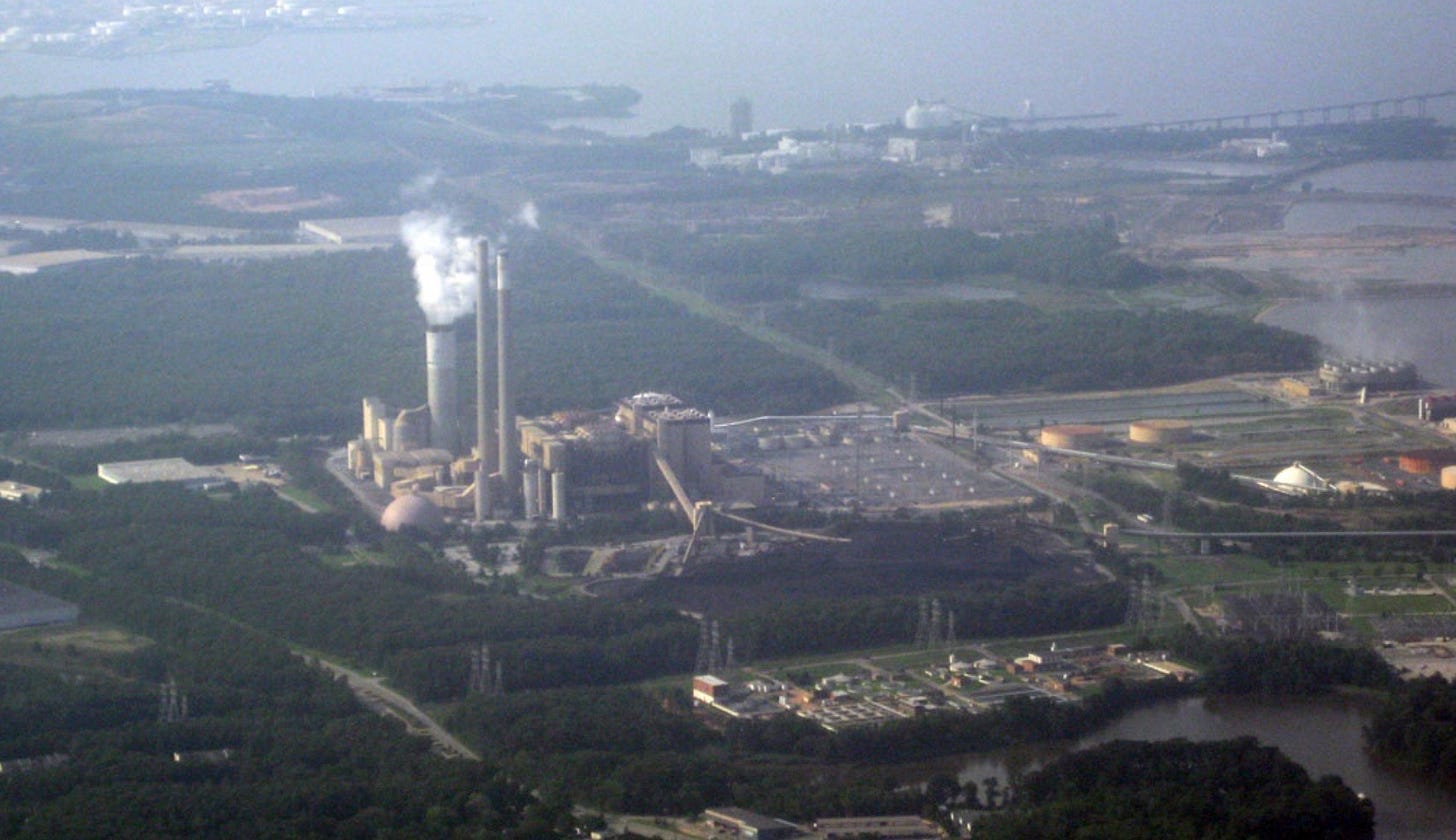
On February 26, I delivered a keynote speech at the winter meeting of the National Association of Regulatory Utility Commissioners. I was delighted to be invited to speak at the event, which brings together regulators from across the country.
It was a standing-room-only crowd with about 1,500 people in the ballroom of the Westin Downtown in Washington, DC. My speech wasn’t unusual. I do a lot of public speaking. I’m good at it. It’s how I make my living. Last year, I did about 40 engagements. I spoke to electric cooperatives, public power entities, investor-owned utilities, college students, oil producers, battery makers, accountants, and insurers. (I already have 26 speeches on my 2024 calendar).
My remarks at NARUC focused on many of the themes I write about here on Substack, including media spin about the “energy transition,” the enduring role of coal in the Asian power sector, land-use conflicts around wind and solar projects, high-voltage transmission constraints, China’s dominance of the alt-energy supply chain, and why, if we are serious about decarbonization, we need to embrace N2N, natural gas to nuclear. I also stressed the importance of grid reliability, and how that issue isn’t getting the attention it deserves. Throughout my presentation, I reminded the crowd that I wasn’t presenting my numbers, I was presenting the numbers.
After I finished, about two dozen people (most of them were state regulators) came forward to say they appreciated my talk and that they’d never heard many of the points I’d made. One utility commissioner told me that the regulators who attend NARUC’s meetings are “not used to having anybody tell the whole story.” I also received several dozen emails from people who said NARUC had never had anyone like me give a speech.
I provide that background because a few conference attendees took to Twitter to complain that I’d been allowed to speak at NARUC. One person in particular, a lawyer who works for Earthjustice, the San Francisco-based NGO that is funded by dark money, had a sphincter-puckered snit on Twitter, saying that I presented “nonsense.” Earthjustice had $151 million in revenue in 2023 and employs more than 200 lawyers in 15 U.S. cities. Another attendee, who works for San Francisco-based Energy Innovation LLC, which doesn’t reveal its donors, got his NARUC knickers in a twist. On Twitter, he claimed I provided so many “falsehoods” that he “couldn’t keep up.” It’s funny, though, that he didn’t name a single falsehood or refute even one of my points.
I ignore critics. I don’t argue on Twitter. I subscribe to that old line: don’t wrestle with pigs. You get muddy, and the pig likes it. I’m not going to waste my time arguing. But the hissy fit the NGOs had in reaction to my presentation at NARUC was another indicator of the lack of serious discussions about energy policy in America. Rather than allow a range of voices, the climate NGOs want to stifle debate. (For more on this, see Doomberg’s latest piece, “Climate Newspeak,” on the Center for Countering Digital Hate’s effort to prohibit any criticism of climate change policy or renewable energy. Like Earthjustice, CCDH is a dark money NGO that doesn’t reveal its donors.)
Thus, rather than shrink from the debate, here are 10 slides from my NARUC presentation. These are the ones that caused the most consternation among the climatists. The first shows how the use of the phrase “energy transition” has boomed during Joe Biden’s presidency. The surge in usage of the term indicates a clear and aggressive marketing campaign is afoot.
Figure 1
Figure 2
I also presented this slide, which I’ve published here on Substack.
Figure 3
And this one, which I’ve published here.
Figure 4
This chart should be familiar to you if you are a subscriber. Wind and solar projects are marketed as “green,” “clean,” and “renewable,” but all across rural America, local communities are rejecting them.
Figure 5
Figure 6
Then, I pointed out that the North American Electric Reliability Corporation is naming policy as a reliability risk factor.
Figure 7
The following two slides really irritated the dark money NGOs, and Earthjustice in particular. I explained that Bloomberg Philanthropies wants to shut down 40% of all the power generation in the U.S. in just five years. That’s about 1,800 terawatt-hours per year, or roughly the electricity used by nine states. I said something to the effect of “Imagine if Osama bin Laden or a terrorist organization said it wanted to shut down 40% of the U.S. electric grid in five years. They’d be treated as a national security threat. Instead, because it came from one of the richest people in the world, the big media outlets ignored it.”
Figure 8
As I noted in these pages in October, in “Michael Bloomberg’s $1 Billion Assault On The Grid,” three big climate NGOs, League of Conservation Voters, Sierra Club, and Earthjustice, will likely get tens of millions of dollars from Bloomberg Philanthropies. In September, the Bloomberg group announced it was donating an additional $500 million to the Beyond Carbon campaign. The campaign aims to shutter all of America’s remaining coal plants and half of our gas-fired power plants, and that effort will be spearheaded by Sierra Club and Earthjustice. I explained:
A more radical agenda is difficult to conjure. The coal and gas plants that Bloomberg and his allies in the anti-industry industry want to shutter produced about 40% of all the electricity used in the U.S. last year. Here are the numbers: In 2022, according to the Statistical Review of World Energy, U.S. electricity generation totaled about 4,550 terawatt-hours (TWh). About 904 TWh came from coal-fired power plants, and 1,817 TWh was generated by burning natural gas...Put another way, the 1,813 TWh/year of electricity that Bloomberg wants to eliminate equals the combined annual electricity use of nine states: Texas, Florida, California, Ohio, Pennsylvania, New York, Georgia, North Carolina, and Illinois.
Figure 9
It’s no wonder an Earthjustice lawyer was caterwauling on Twitter about my NARUC speech. His paycheck depends, in part, anyway, on Bloomberg’s money. As I noted on November 25 in “Bone-Chilling,” the climate NGOs are already causing reliability problems. I explained that PJM Interconnection, the nation’s largest grid operator, is warning about grid reliability due to the looming closure of the Brandon Shores coal plant in Maryland. PJM cautioned that:
The premature shutdown of Maryland’s largest coal plant, Brandon Shores, will hurt grid reliability. As Fox News Digital reported earlier this week, an analysis by PJM “showed that the deactivation of the Brandon Shores units would cause severe voltage drop and thermal violations across seven PJM zones, which could lead to a widespread reliability risk in Baltimore and the immediate surrounding areas." Why is Brandon Shores closing? The short answer: in 2020, the plant’s owner, Talen Energy, agreed to shutter it as part of a deal it made with, wait for it...the Sierra Club. The punchline here is obvious: America’s critical energy networks are nearing catastrophic breaking points due to underinvestment in reliable sources of fuel and generation, and by that, I mean pipelines, nuclear plants, and coal- and gas-fired power plants.
Figure 10
That led to my final slide, in which I underscored the reliability issue.
It's not just PJM that’s warning about reliability. On February 22, the Midcontinent Independent System Operator (MISO) issued a report that put the danger facing America’s electric grid in stark terms. In an introduction, MISO’s CEO, John Bear, said, “There are immediate and serious challenges to the reliability of our region’s electric grid.” His remarks must be quoted at length:
The transition that is underway to get to a decarbonized end state is posing material, adverse challenges to electric reliability. A key risk is that many existing “dispatchable” resources that can be turned on and off and adjusted as needed are being replaced with weather-dependent resources such as wind and solar that have materially different characteristics and capabilities. While wind and solar produce needed clean energy, they lack certain key reliability attributes that are needed to keep the grid reliable every hour of the year. Although several emerging technologies may someday change that calculus, they are not yet proven at grid scale. Meanwhile, efforts to build new dispatchable resources face headwinds from government regulations and policies, as well as prevailing investment criteria for financing new energy projects. Until new technologies become viable, we will continue to need dispatchable resources for reliability purposes. (Emphasis in the original.)
Despite these warnings from some of the biggest grid operators in America, groups like Earthjustice and Sierra Club, which are being bankrolled by billionaires like Bloomberg, are waging lawfare against the owners of coal-fired power plants, and in doing so, they are posing a real risk to our energy security and therefore, our national security.
Regulators at NARUC and elsewhere must understand, as Bear put it, the “immediate and serious challenges” that we are facing. We ignore the fragility and reliability of the electric grid at our extreme peril.
Podcast appearances
This week, I was on the Energy Realities Podcast, with David Blackmon, Stu Turley, Irina Slav, and Tammy Nemeth, discussing our new docuseries, Juice: Power, Politics & The Grid. It was a fun conversation. Have a listen.
I was also on the Light Beer Dark Money podcast with my colleague, Tyson Culver, who did a great job directing and producing the docuseries. The podcast hosts, Sean Noble and Christopher Clements, asked good questions and were clearly fans of the docuseries. You can watch that podcast here.
Please click that ♡ button, share, and subscribe. Thanks.
If you want me to speak (and maybe cause a ruckus) at your conference or event, email me. Robert (at) robertbryce.com




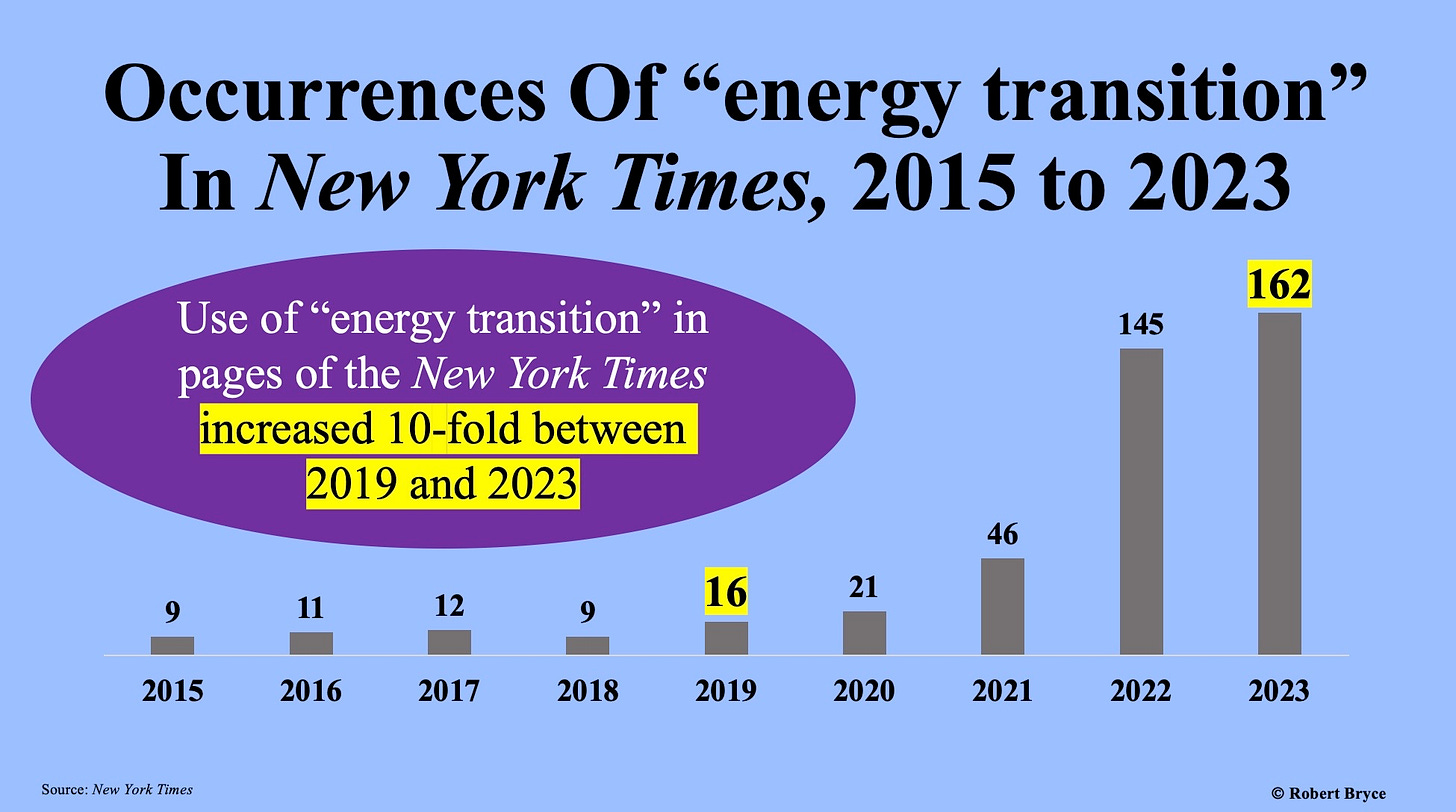
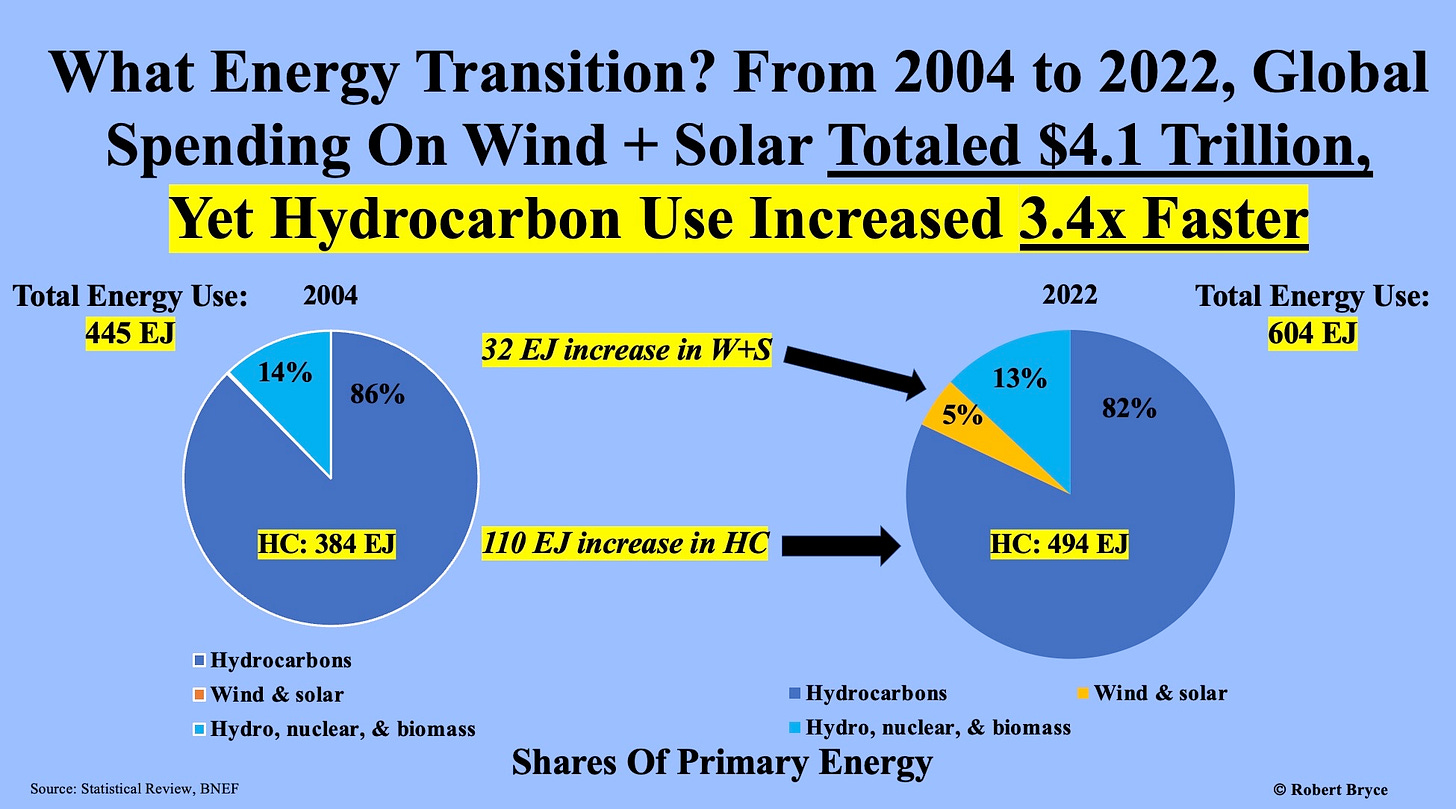
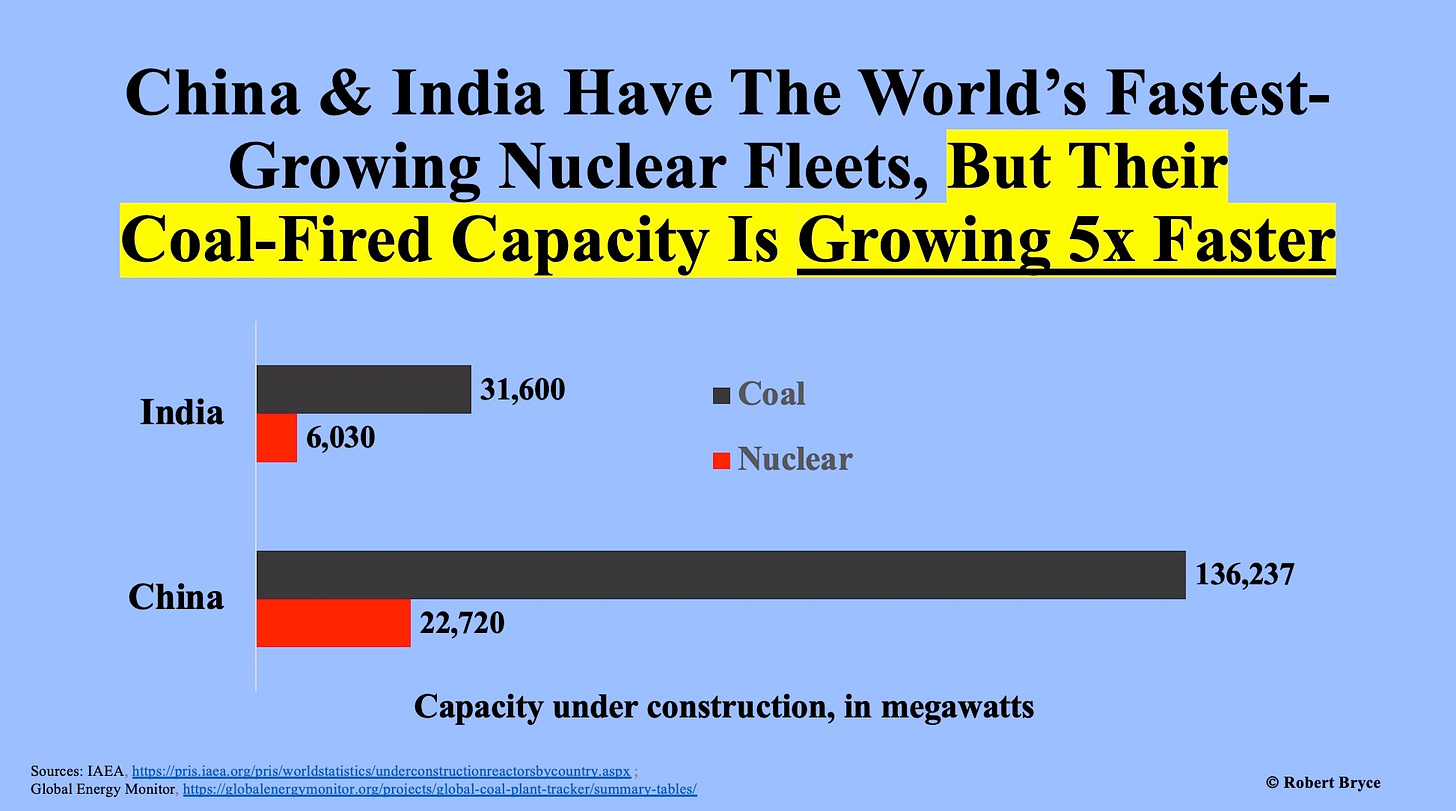
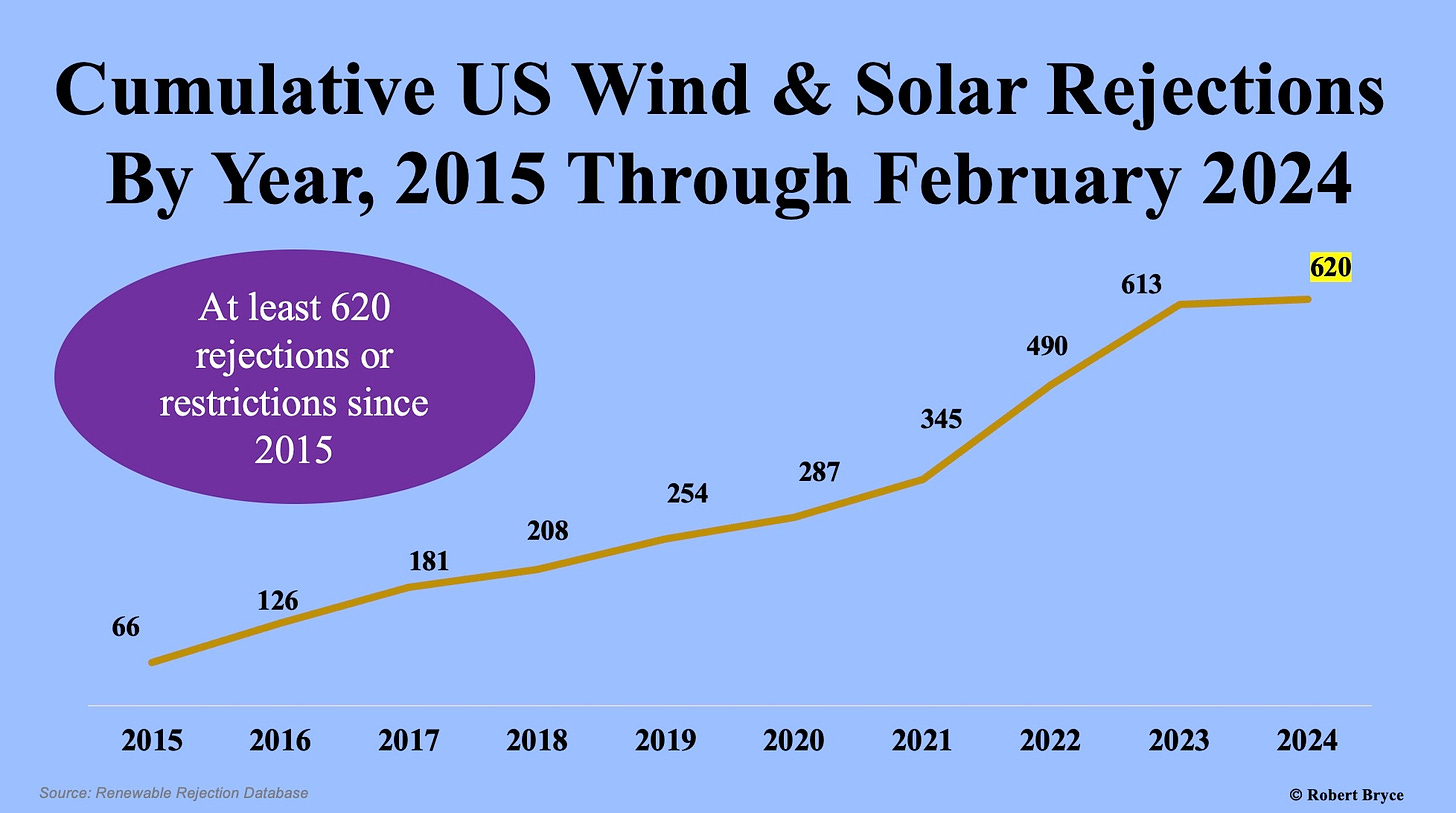
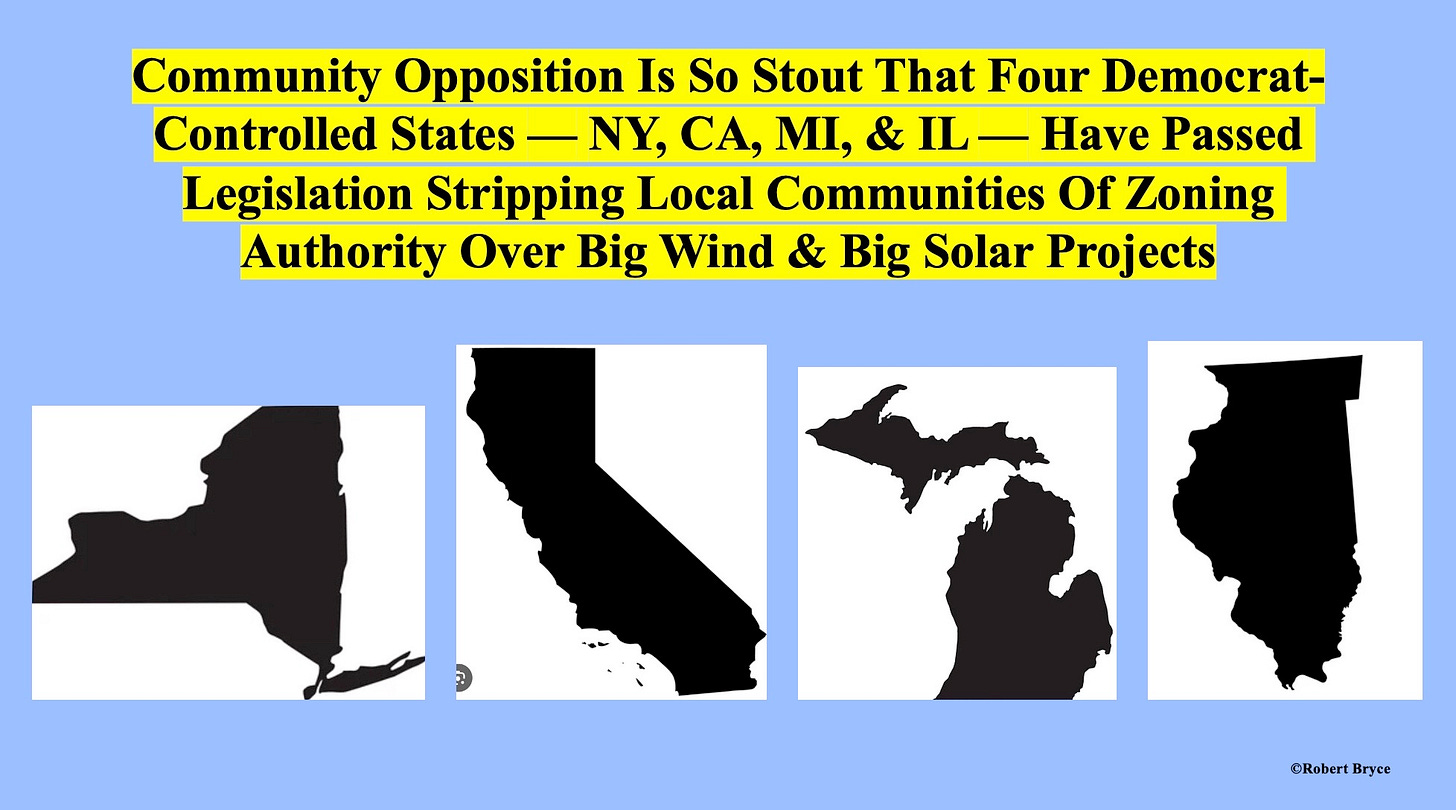
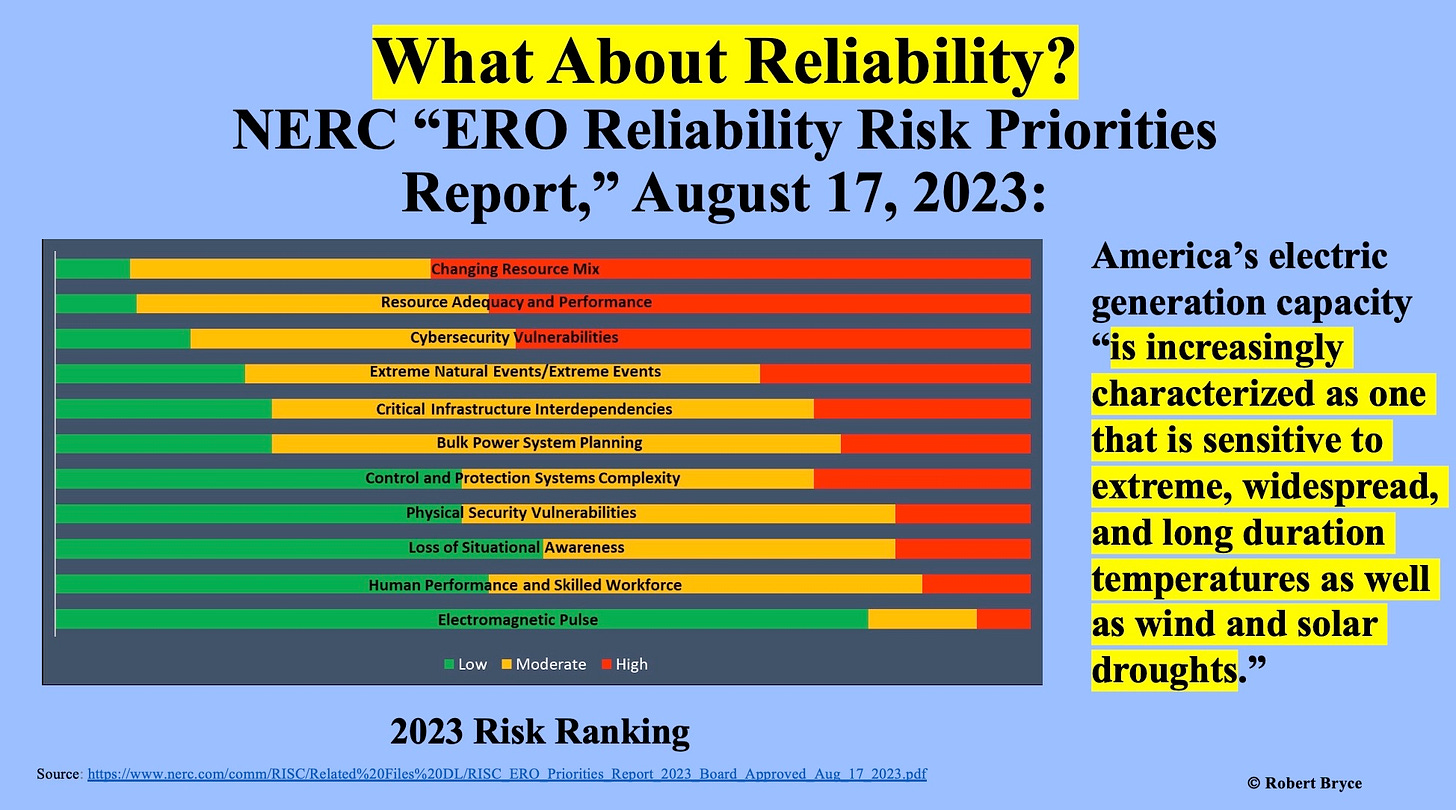
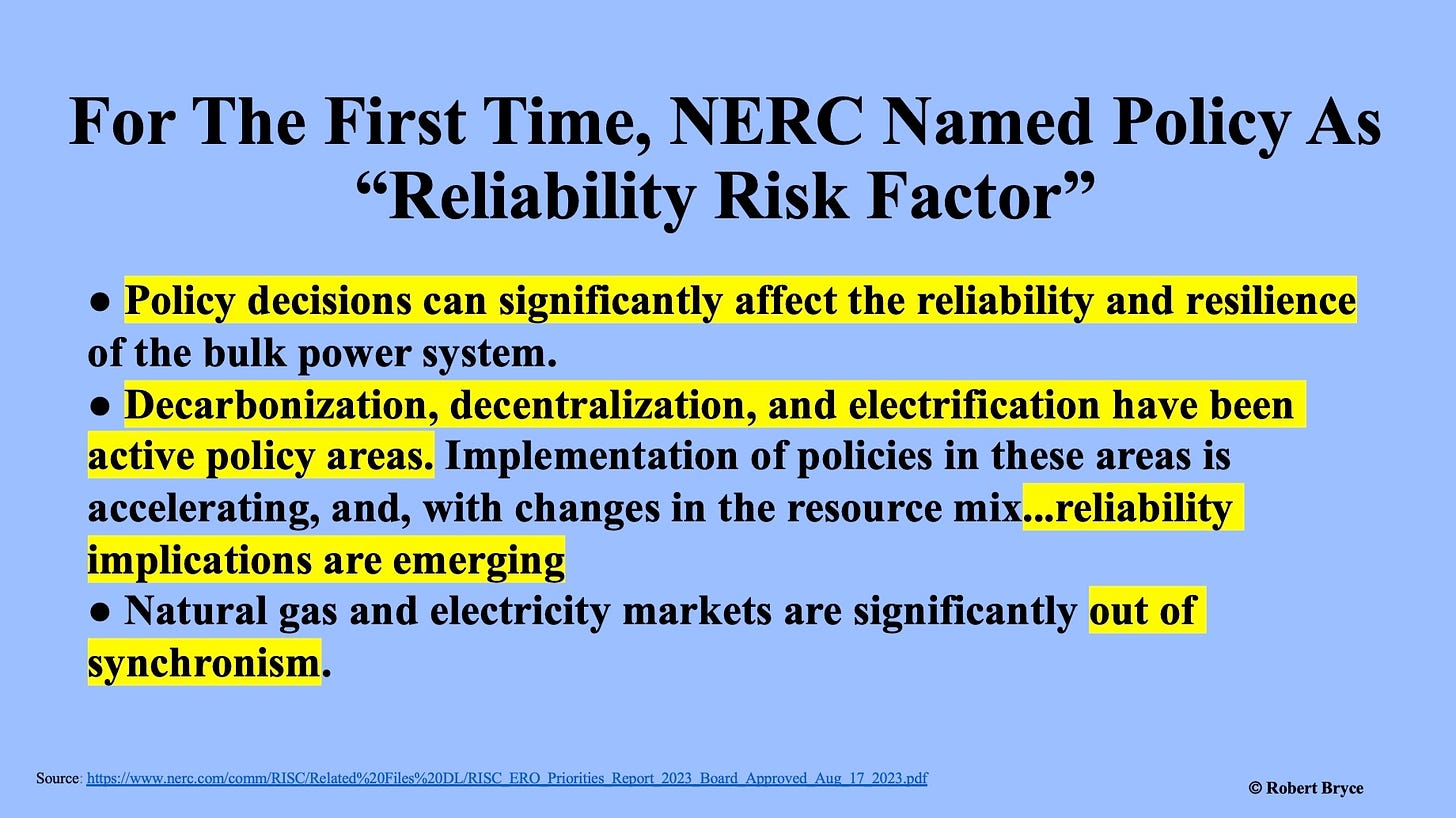
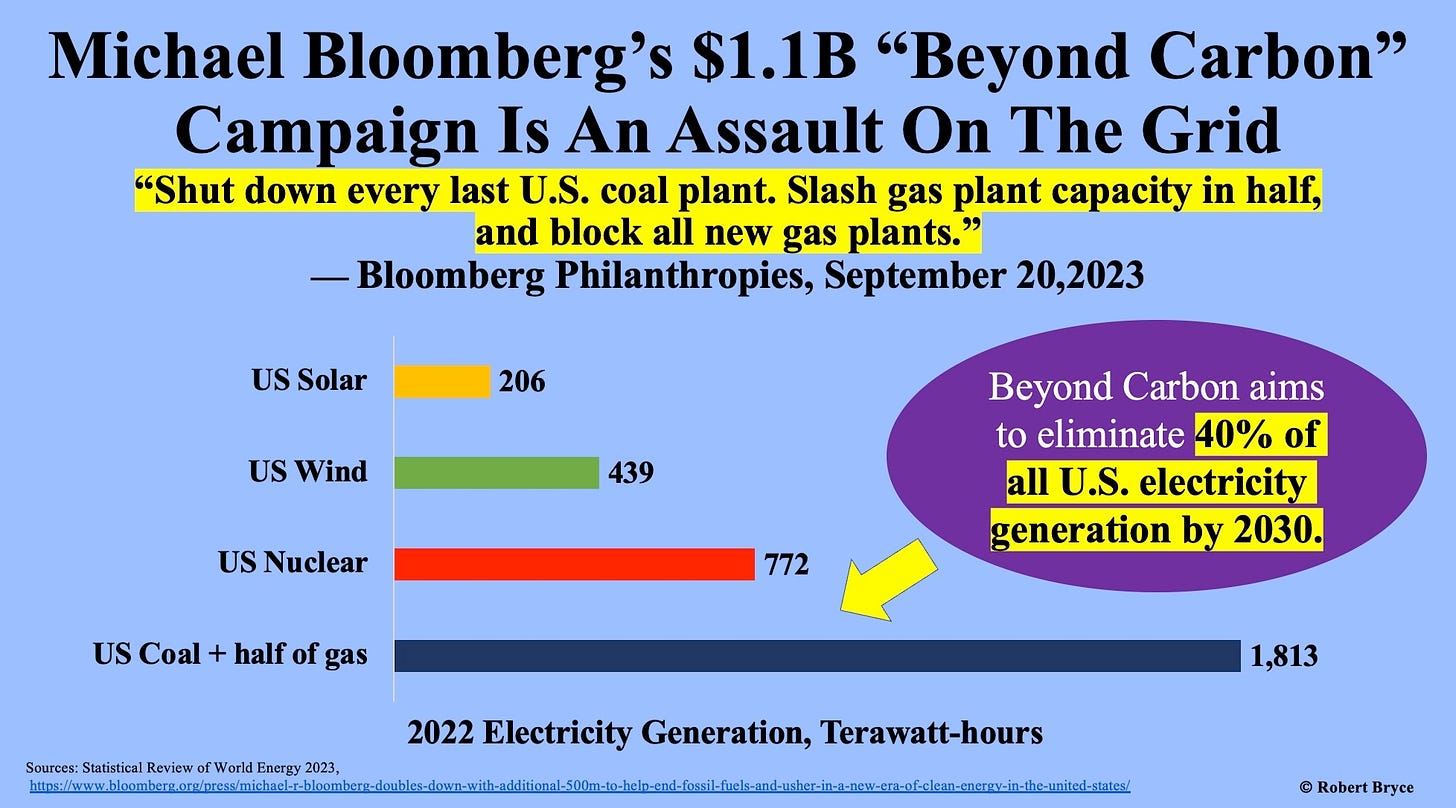
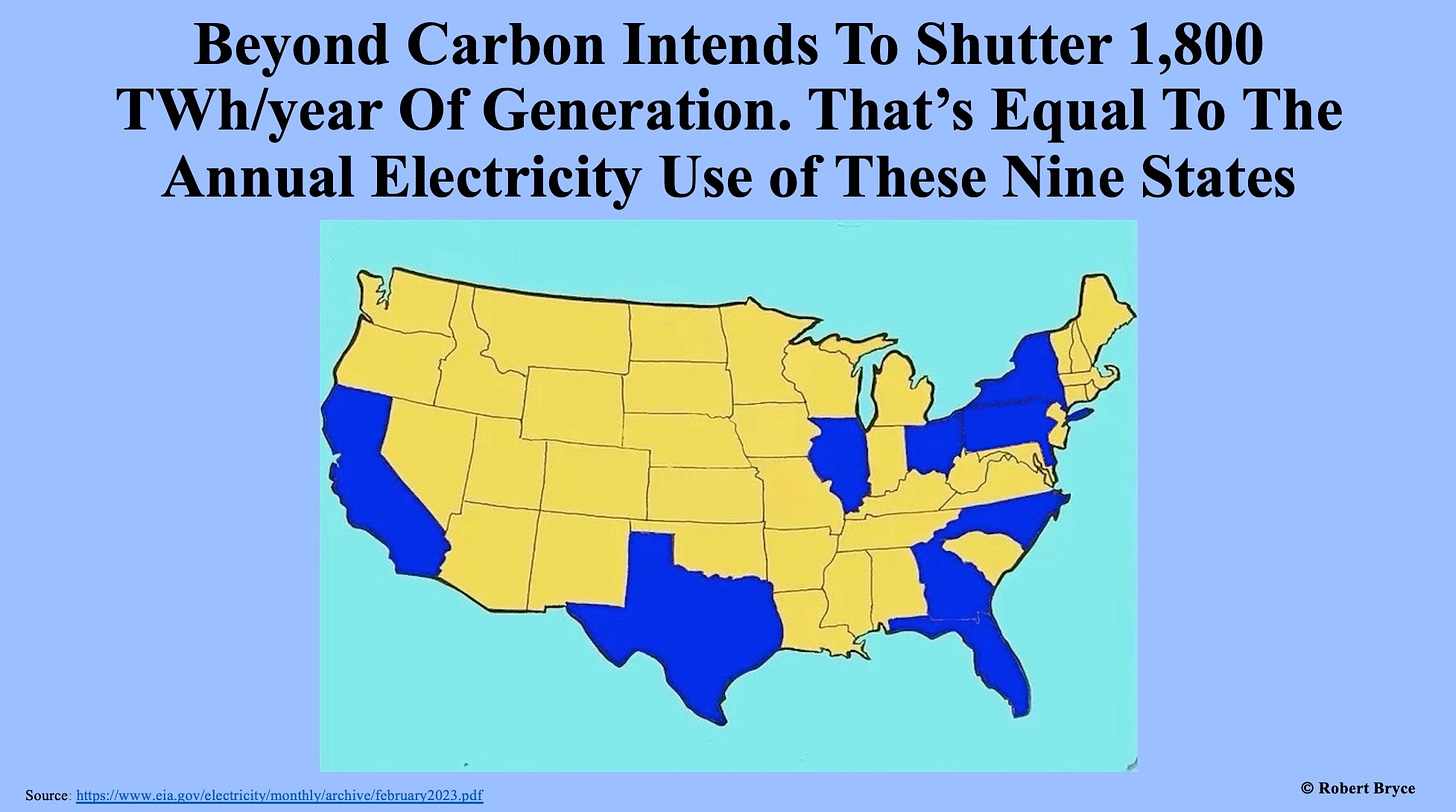
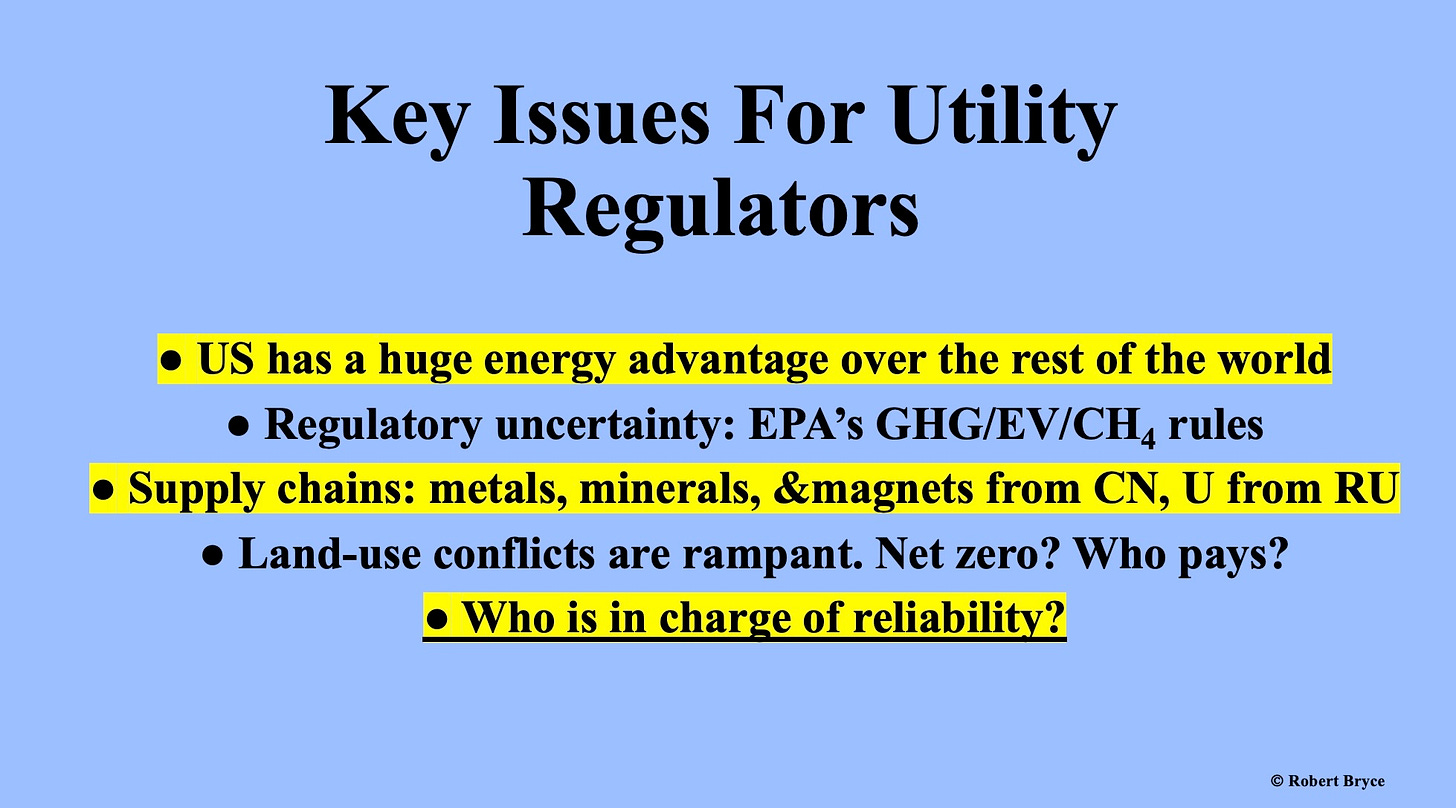
When you are taking flac, you know you are over the target.
Keep dropping those bombs, my friend.
Sun Tzu "The supreme art of war is to subdue your enemy without fighting". The push to nut zero will effectively subdue us. As Mr. Bryce correctly states, this "transition" is a threat to national security. Our enemies are ROFL at the complete stupidity of western woke governments as the race to outdo each other in their quest to destroy their economies.